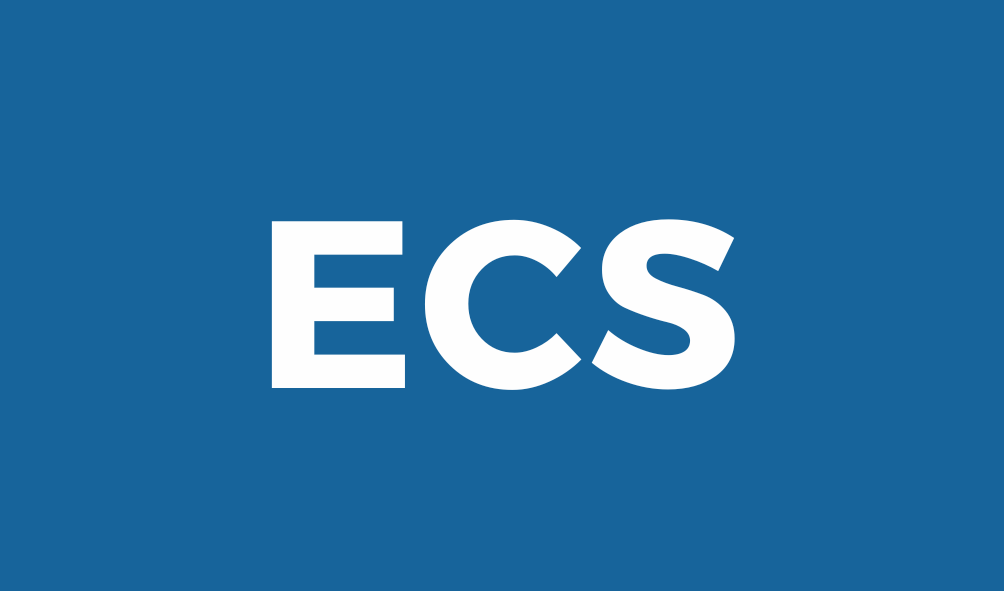The Beginners Guide to Mediation
Meditation is a powerful tool that has been practiced for thousands of years. Whether you’re seeking stress relief, emotional balance, or mental clarity, meditation offers a simple yet profound way to nurture your mind, emotions, and body. An over thinking mind is not a mind working at its best. By calming your mind you will access more areas of your brain and see things more clearly. By regularly calming the brain you will also be able to turn reactions into reflective responses. People that meditate regularly have been shown by science to have less anger, stress, anxiety, and depression. It is also one of the most effective tools for ADHD. Mediation also increases productivity levels.
There is no ‘right’ way to mediate. Most try to state their brain is too ‘busy to meditate’. “When you first try and calm the brain, it only makes it worse, but over time it does calm, and when it does, theres room to hear more subtle things – thats when your intuition starts to blossom and you start to see things more clearly and be in the present more.”
- Steve Jobs.
In this guide, we’ll walk you through the basics of meditation, offering practical tips and
techniques to help you begin your journey to inner peace. It will take about 2 weeks-1
month of regular practice before you will see the benefits.
1. What is Meditation?
Meditation is a practice that involves focusing the mind and reducing distractions to achieve a mentally clear and emotionally calm state. It can involve sitting quietly, breathing deeply, and paying attention to a particular sensation or thought. It can be mindfulness practises while doing. The goal of meditation is to bring awareness to the present moment, allowing you to become more connected with yourself.
While there are many different types of meditation, they all share the core principle of mindfulness: being fully aware of your thoughts, feelings, and environment without judgment.
2. Why Should You Meditate?
Meditation offers numerous benefits for both your mind and body. Some of the key benefits
include:
Reduced Stress/ Anxiety/Depression: Meditation helps activate the body’s relaxation response, lowering levels of the stress hormone cortisol.
Improved Focus: Regular meditation strengthens your ability to concentrate and stay present.
Better Sleep: Meditation can promote relaxation and improve the quality of your sleep.
Enhanced Emotional Health: By increasing mindfulness, meditation helps you better understand your emotions and reactions, leading to improved emotional regulation.
One of the Best Tools for ADHD: Science has shown regular mediation to be an effective tool for managing the symptoms and challenges of ADHD .
Step-by-Step Guide to Mediation
Step 1: Find a Quiet Space
Choose a quiet and comfortable place where you won’t be disturbed. It could be a corner of your room, a cozy chair, or even a spot in nature—wherever you feel most relaxed. The goal is to find a place where you can focus and feel at ease.
Step 2: Get Comfortable
You don’t need to sit in any specific posture to meditate, but it helps to sit in a way that allows your body to be relaxed yet alert. Sit on a cushion, a chair, or even lie down if that feels more comfortable. Keep your back straight, shoulders relaxed, and hands resting on your lap or knees.
Step 3: Focus on Your Breath
Close your eyes and bring your attention to your breathing. Take slow, deep breaths in through your nose, and exhale through your mouth or nose. Don’t try to control your breath—just observe it. Focus on the sensation of the breath entering and leaving your body.
Step 4: Let Thoughts Come and Go
As you meditate, you may notice thoughts or distractions arise. This is completely normal. Instead of getting frustrated, simply acknowledge the thought and let it go, returning your focus to your breath. Think of your thoughts as clouds passing by in the sky—acknowledge them, then let them float away.
4. Types of Meditation for Beginners
There are many different forms of meditation, each with its own focus and approach. Here
are a few beginner-friendly options to explore:
1. Mindfulness Meditation: This is the most common form of meditation, where you focus on being aware of the present moment. You can do this by paying attention to your breath, bodily sensations, or sounds around you. Mindfulness meditation helps you develop awareness of your thoughts and emotions without judgment.
2. Guided Meditation: Guided meditation involves listening to a teacher or meditation app that leads you through a session. They might instruct you to visualize calming images or guide you through body scans to relax each part of your body. Guided sessions are great for beginners as they provide structure and direction.
3. Loving-Kindness Meditation: This meditation focuses on cultivating feelings of love and compassion, first toward yourself and then toward others. It involves repeating phrases like “May I be happy, may I be healthy” and gradually extending those wishes to friends, family, and even people you find challenging.
4. Body Scan Meditation: This technique involves mentally scanning your body from head to toe, paying attention to any sensations or tension you may be holding. It’s a great way to become more in tune with your body and release physical stress.
